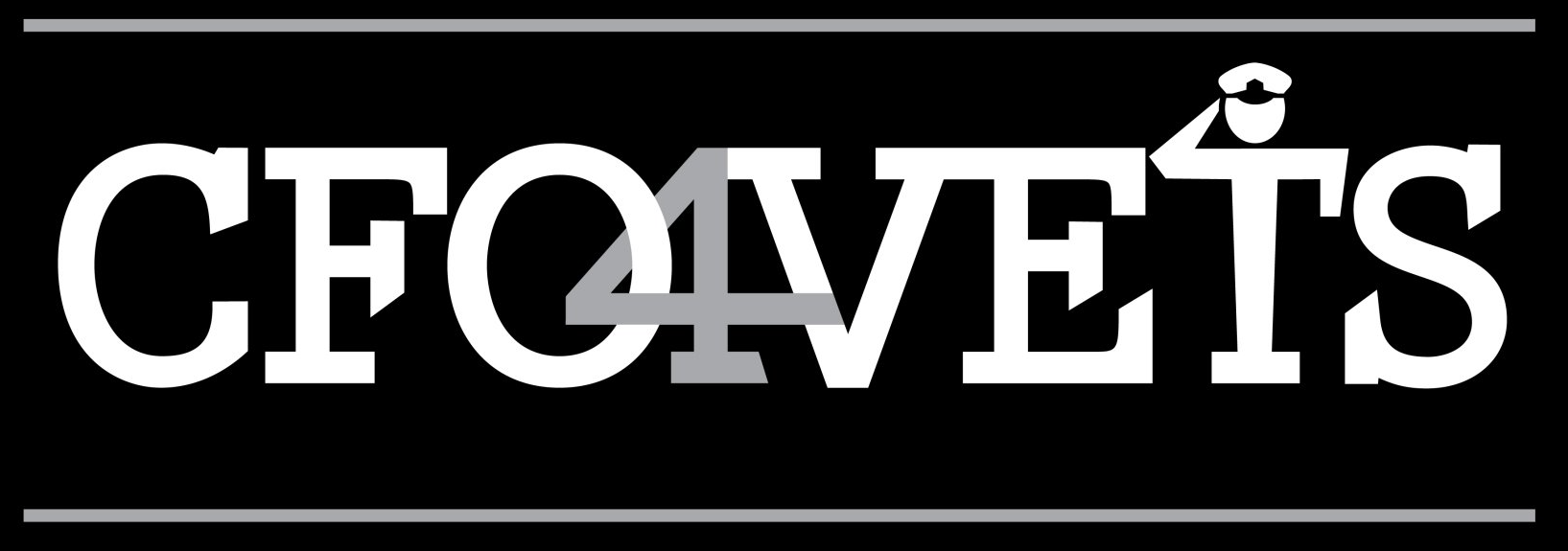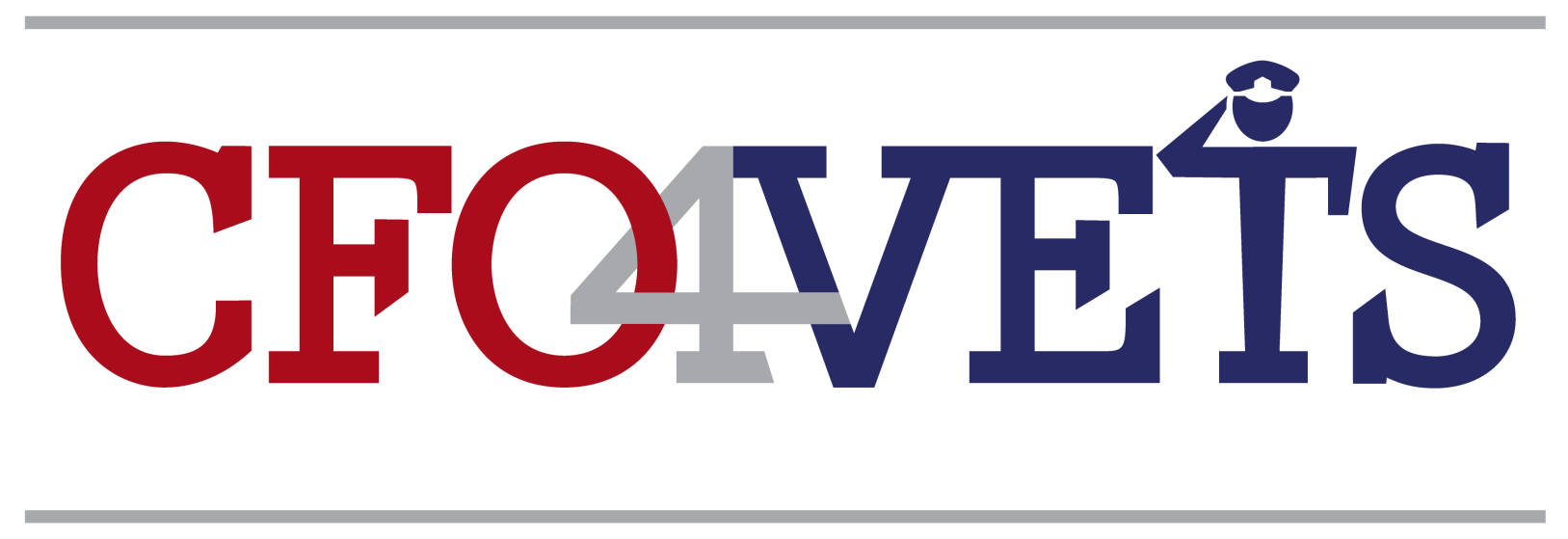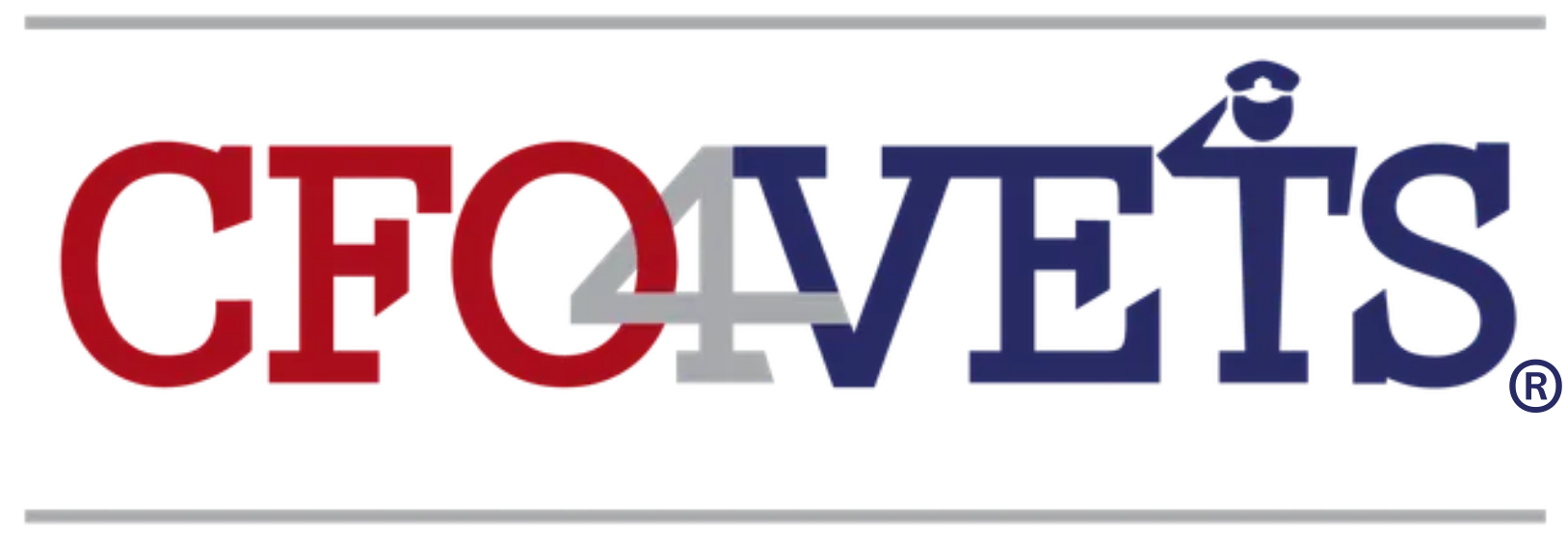It is often tricky to determine the actual value of a small privately-owned business. The valuation estimate will vary depending on the rationale for appraising the company. It is critical to comprehend the distinctions among the reasons for valuing the business, whether a company is being sold, valued for tax purposes, a buy-sell agreement, litigation purposes, or other reasons. Let’s explore the variability of select valuation amounts and how best to interpret the results.
A professional business valuation is one lens for understanding the value of a small privately-held business. Professional business valuations are performed for various reasons, including buy-sell agreements and many of the abovementioned reasons.
A professional valuation process entails a thorough analysis of a company’s operational dynamics and its financial health. A Certified Valuation Analyst (CVA) performs a professional valuation. The CVA selects the most appropriate methodology from among the many accepted by the valuation industry and applies a series of calculations and formulas to ascertain the business’s value. Within the valuation process, discounts for lack of marketability and control (DLOM and DLOC, respectively) are incorporated into the calculation as appropriate to compensate for the absence of a ready-made market for a privately-owned business and the lack of control when valuing a minority interest in a company. A professional business valuation is an excellent benchmark, yet the valuation amount may be lesser than other methodologies we will discuss subsequently. The professional valuation amount may represent the “floor” of the valuation estimates.
Second, similar to real estate “comps,” a business owner can consult completed sale databases for small privately-owned companies like BizComps and ValuSource Market Comps. The market comparison of relevant, completed sales transactions is a subset of a professional valuation engagement as market comparisons are one of the methodologies applied when performing a professional valuation. Thus, a CVA generally performs a standalone market comparison as well.
BizComps and ValuSource Market Comps databases are considered the primary sources for sales transactions involving small privately-owned businesses. ValuSource Market Comps has over 35,000 transactions in its database, while BizComps has more than 15,000 transactions involving small “main street” businesses. The “main street” businesses in BizComps’ database include restaurants, small retailers, and other difficult-to-find business sales. Both databases provide the following information on private company transactions:
• Annual Sales
• Sales Price
• Sales Date
• Price/Sales Ratio
• Business Description
• Business Location – State
Yet, accessing these databases is not free. Furthermore, it is essential to find comparable businesses within the same size and industry when searching for “comps.” Optimizing and interpreting the search results for similar companies requires knowledge of valuations and financial information. Thus, if an owner seeks a more comprehensive understanding of its’ business worth, it is best to engage a CVA to interpret the results and maximize comparability.
Before discussing small privately-owned business values relative to the sale of a business, let’s define the earnings metric commonly utilized to determine value. Earnings Before Interest Taxes, Depreciation, and Amortization (EBITDA) is a profit metric often employed to determine earnings, and subsequently, multiplied by a factor (5 Times EBITDA, for example) to value businesses.
Let’s consider the case of a company that generates $2,500,000 in revenues and $500,000 in EBITDA in 2021 with zero debt. The company is in the environmental services industry. Environmental services businesses with less than $10,000,000 in revenues are generally valued at around five times EBITDA. Then, a rule of thumb valuation estimate for the company is $500,000 in EBITDA times 5 = $2,500,000.
EBITDA profit lends itself to comparability within an industry and across industries. Earnings multiples are regularly used to calculate rule of thumb valuation amounts or actual valuations related to the acquisitions of businesses.
The third lens of valuation is the sale of a business. A business sold establishes a market value for other comparable companies within its industry and size strata. Business buyers will use a variety of metrics, including multiples of EBITDA, market comparisons, future cash flows, tax benefits, return on investment, and a host of other financial indicators to establish a market value for a business. Will the company be accretive(additive) to earnings?
Beyond the numerous economic factors in valuing a business for sale, other factors are often considered, such as vertical integration, geographic footprint, talent acquisition, product expansion, and technology upgrades, to name a few. With good timing and stable economic conditions, the market value when selling a business may represent the apex of value unless it’s a distressed or liquidation sale.
In summary, when understanding the value of your small privately-owned business, be mindful of the various factors, rationale, and methods applied in defining your company’s valuation. Lastly, be sure to consult with valuation professionals to gain a comprehensive yet realistic insight into the best estimate of the value of your business.







